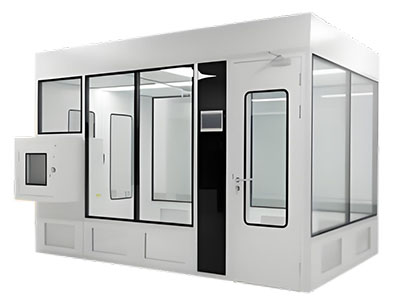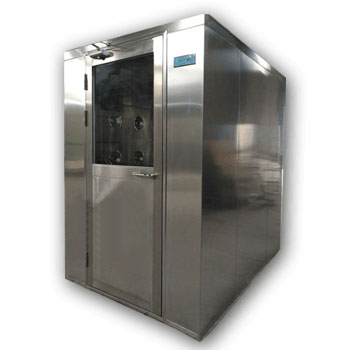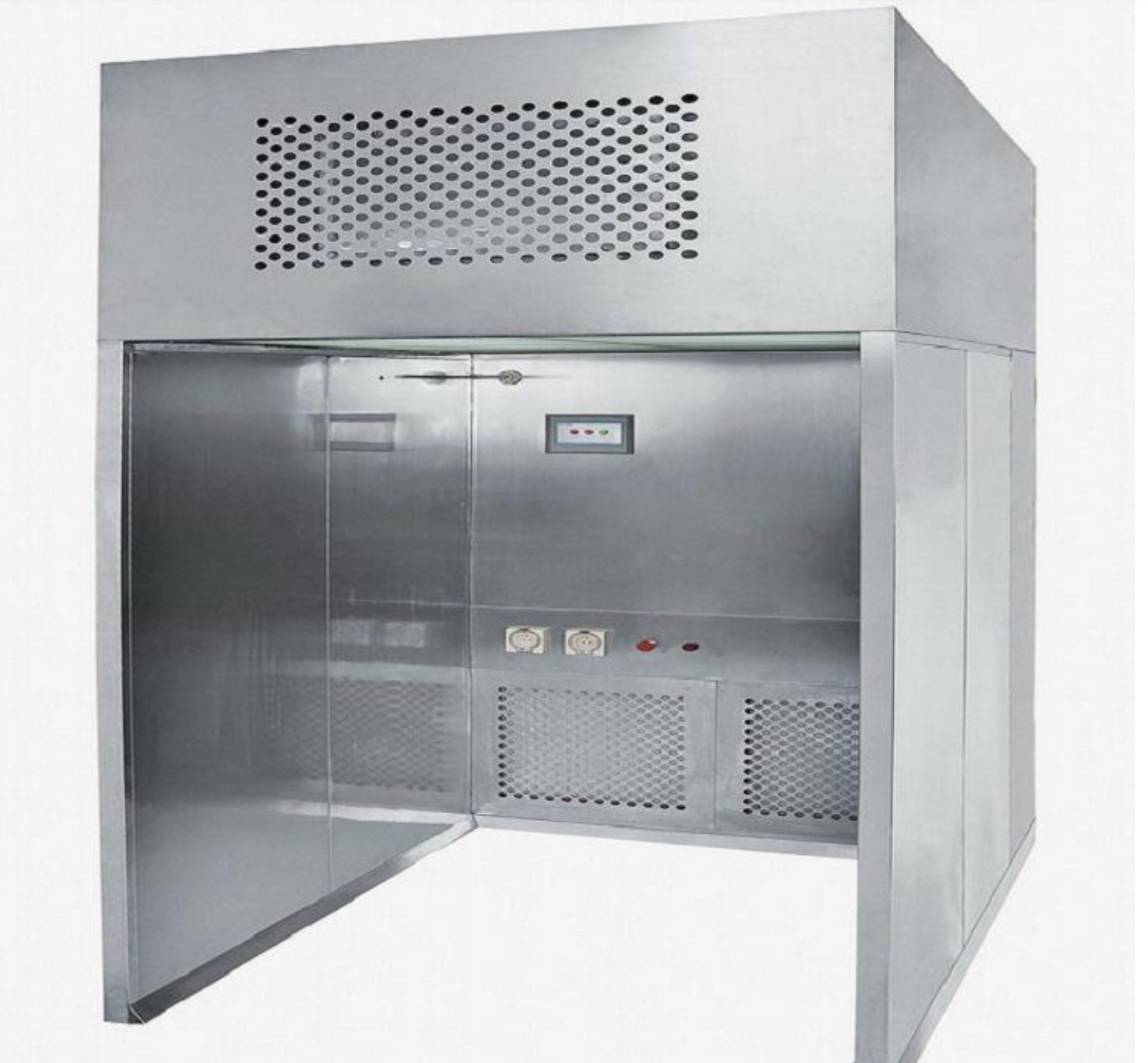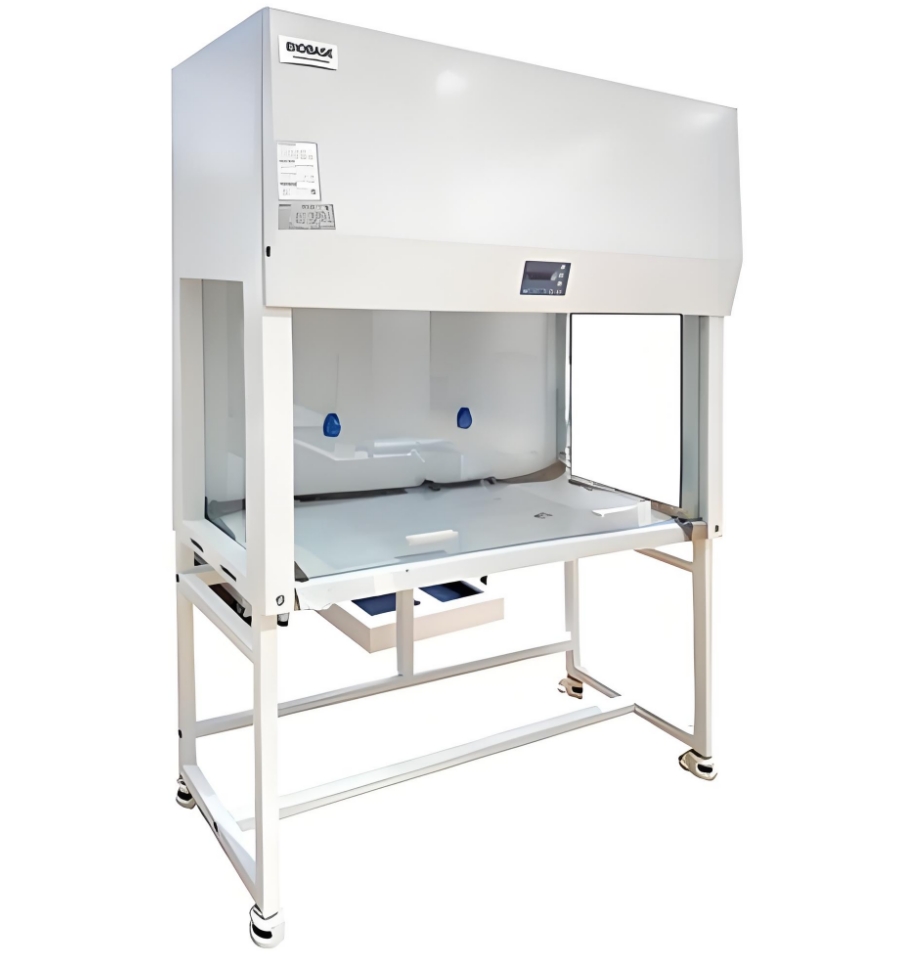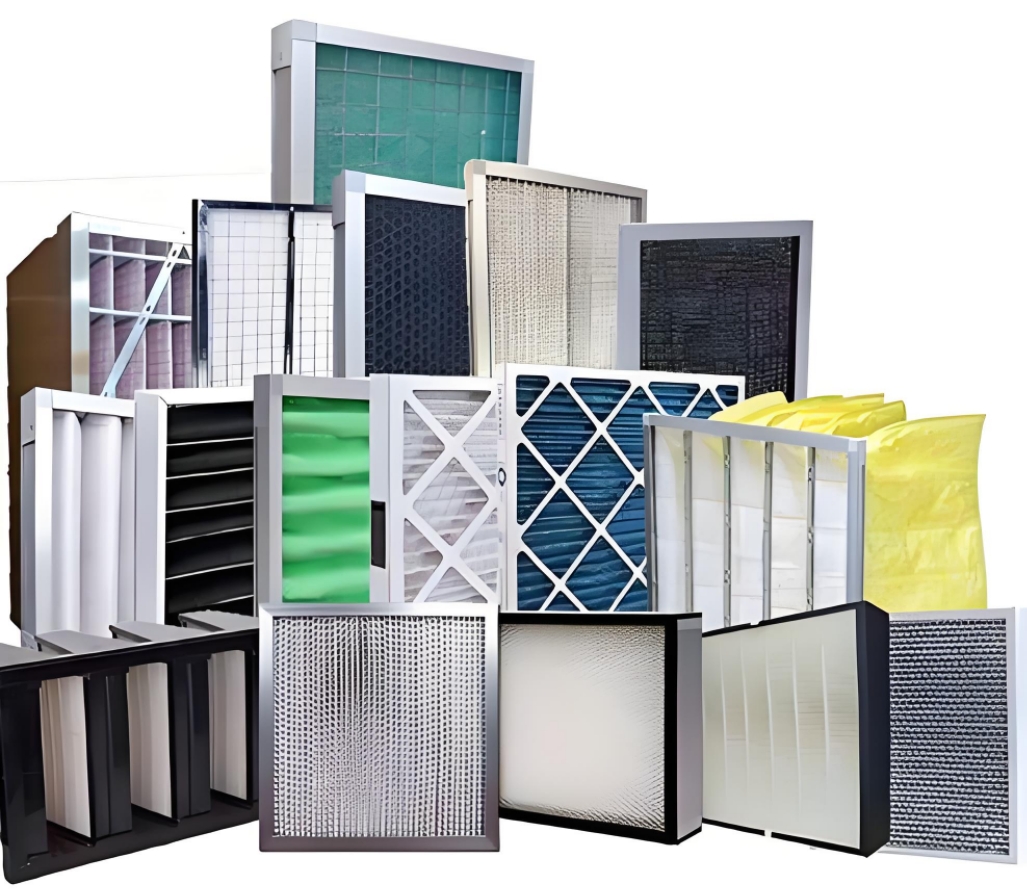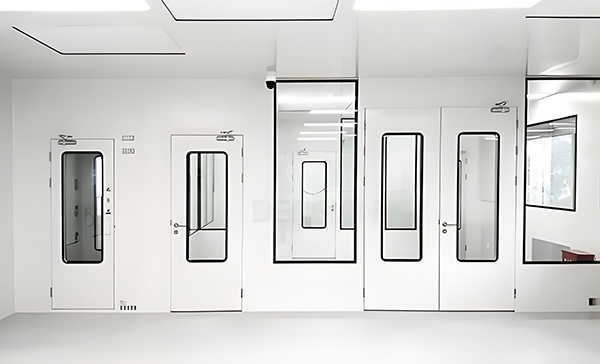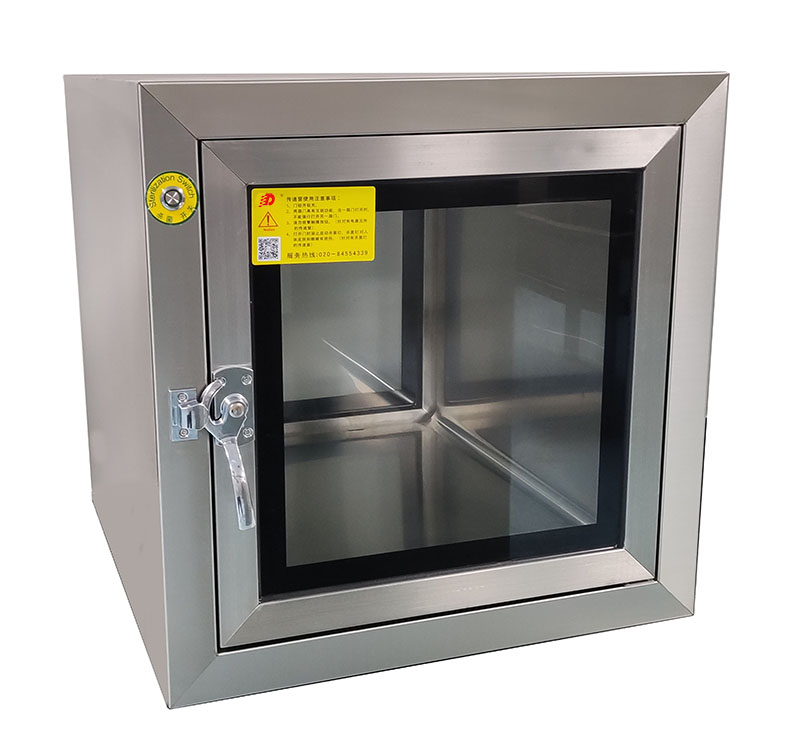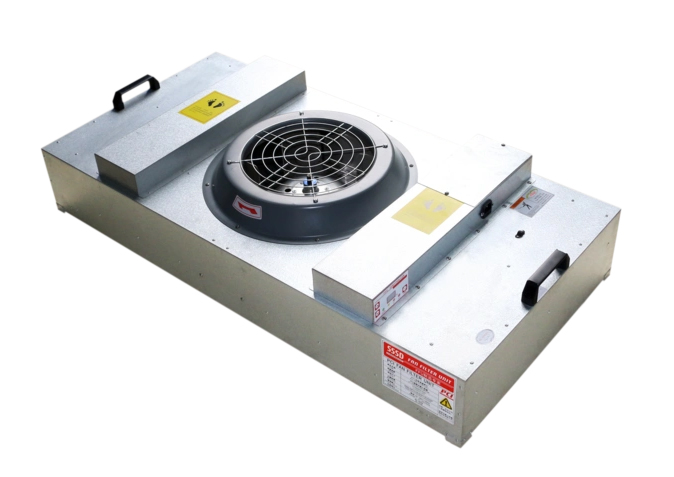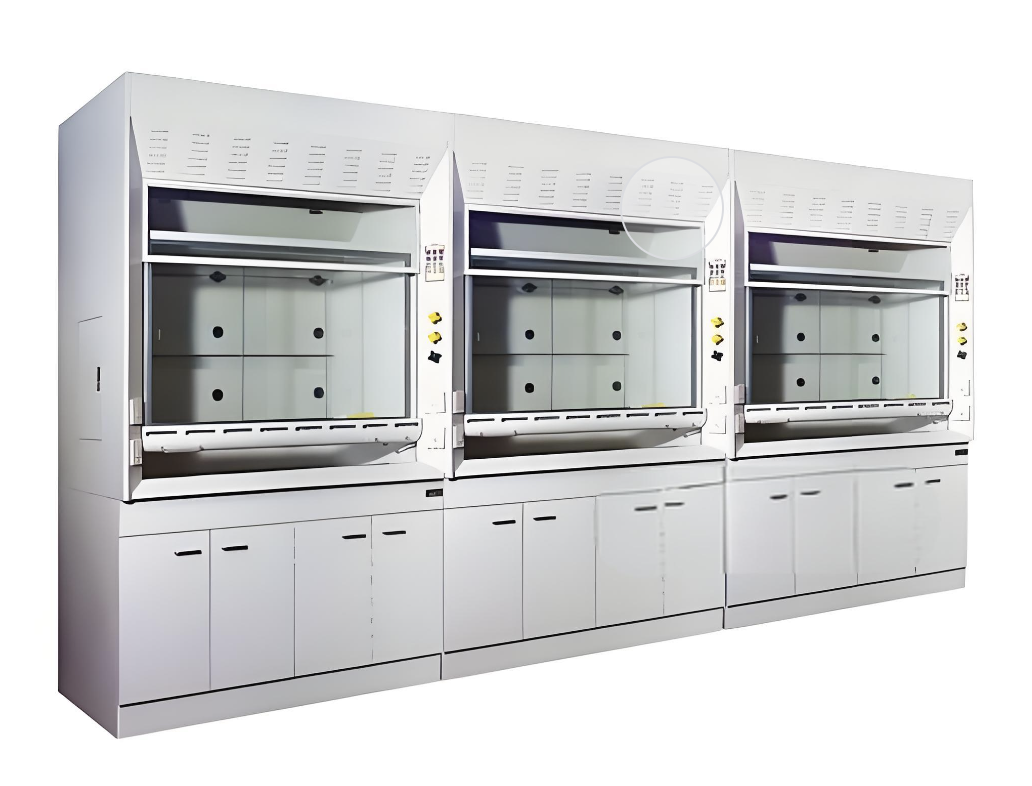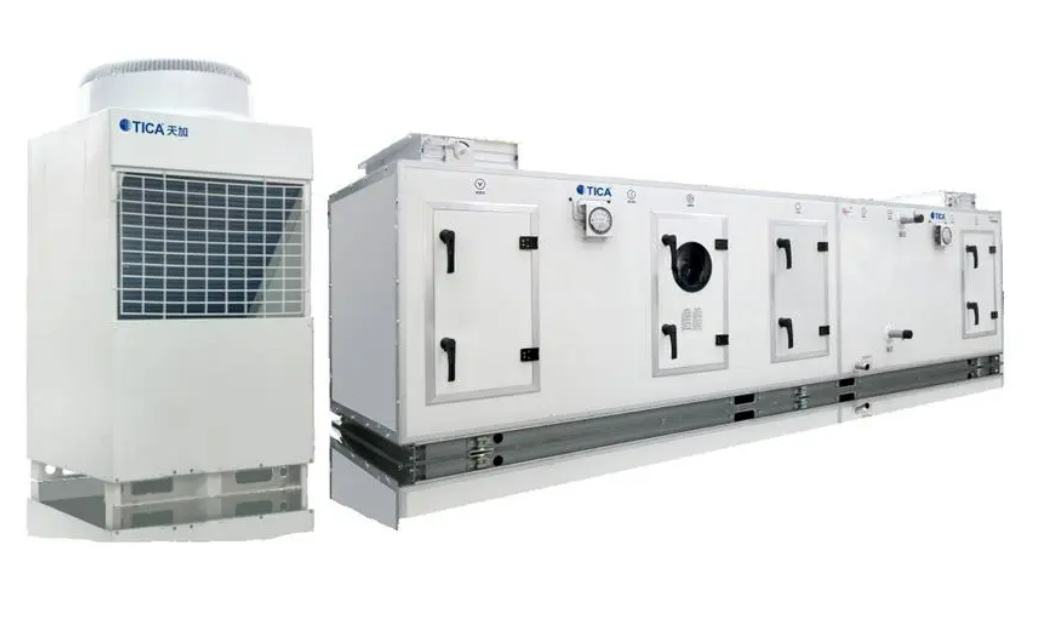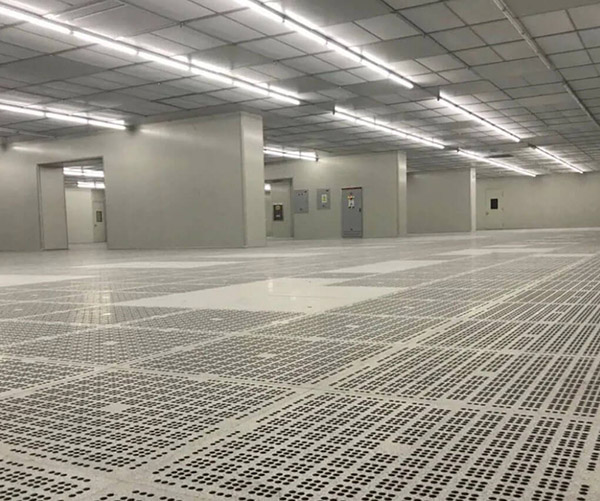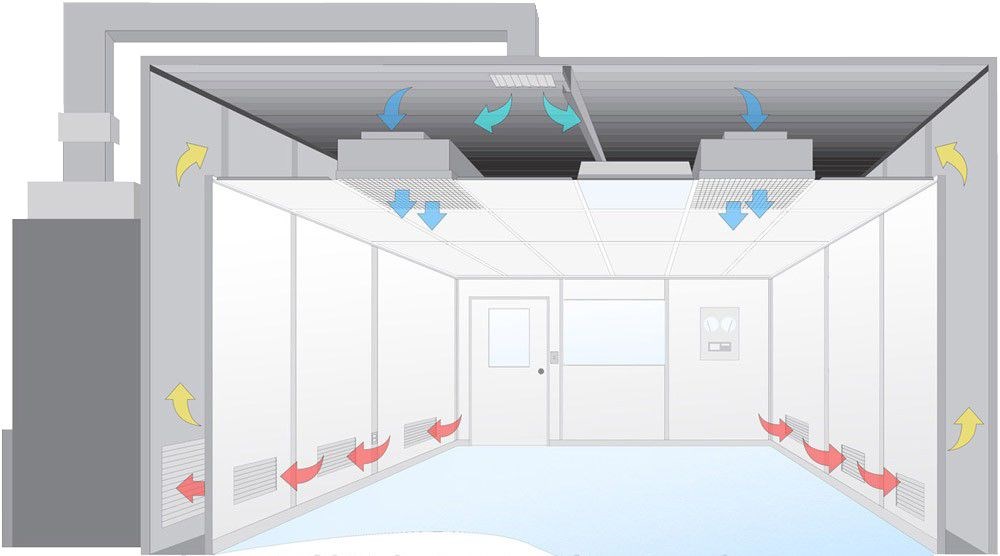The significance of maintenance management
Importance of Maintenance Management
The construction of Dust-free workshops requires high-quality maintenance management. This aspect is crucial for overall effectiveness.
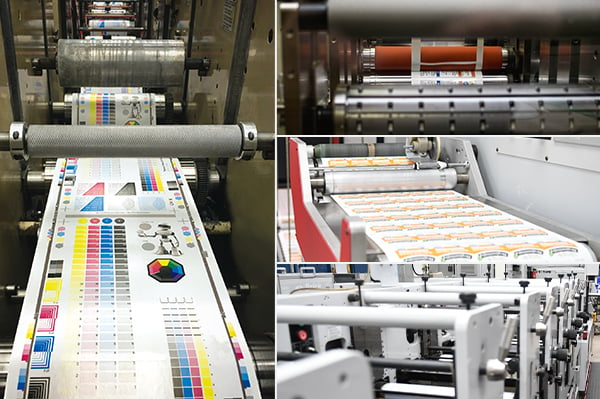
(Figure 1: Printing factory)
Design vs. Maintenance
Design and construction account for 50% of a workshop's success, while maintenance management holds equal importance.
Safety in Dust-Free Workshops
Safety management in dust-free workshops is paramount. Their construction demands high standards and airtightness.
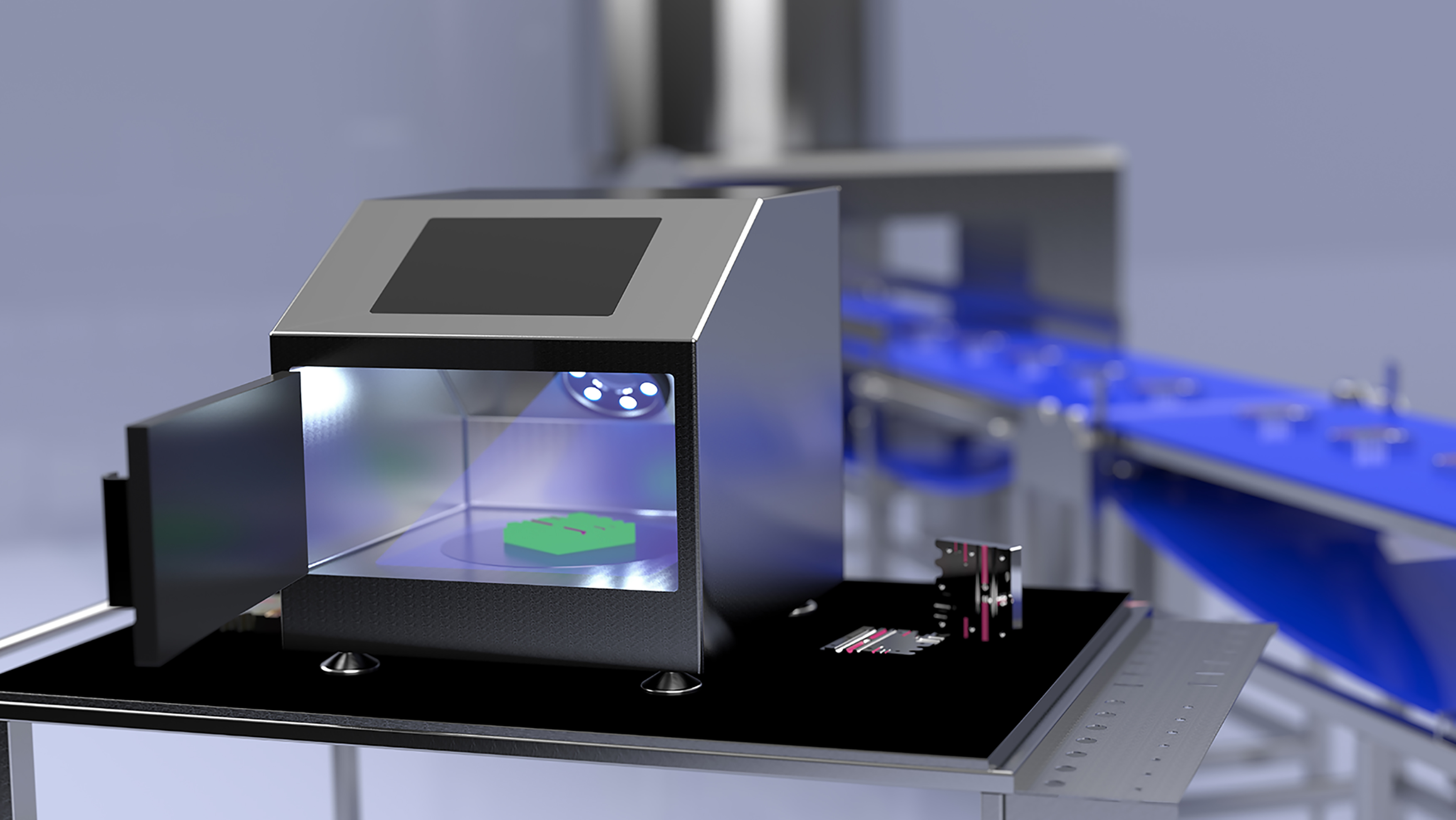
High Costs and Risks
Due to high construction costs, any accidents in dust-free workshops can lead to significant losses.
Key Processes and Equipment
The layout and installation of key processes and equipment are critical. Proper management can prevent potential accidents.
Chemical Hazards
Dust-free workshops often use flammable materials and chemicals. This increases the risk of accidents, highlighting the need for diligent maintenance.
Management of entry and exit of dust-free workshop
In order to maintain the cleanliness of dust-free workshop, the number of people entering the dust-free workshop should be reduced as much as possible, and entry into the dust-free workshop should be carried out in order. The relevant entry and exit management regulations are as follows:
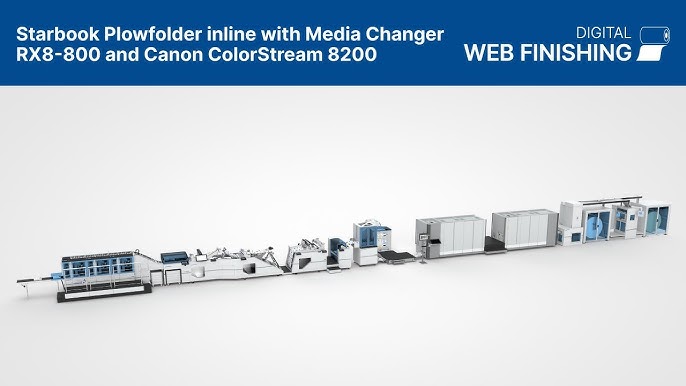
1. When entering the dust-free workshop, you must change into special slippers, and put on special dust-free clothes and hats. Do not let the clothes touch the ground and other objects when dressing.
2. After wearing the special dust-free clothes and hats, you must use the air shower to remove the pollutants attached to the human body and clothes with Clean air flow before entering the dust-free room.
3. Hands are the medium of cross-contamination. They should be washed frequently. Do not touch high-purity products and high-purity packaging materials with your hands. Gloves or finger cots should be worn according to regulations.
Air Filter: The medium efficiency filter is to extend the life of ultra-high efficiency and high efficiency filters, and remove large particles of dust in outdoor air and circulating air. The medium efficiency filter should be selected according to the use environment and purpose. When in use, the filter should be checked once a month to see if it reaches the final resistance (generally, the final resistance is twice the initial resistance, and a differential pressure gauge is set before and after the filter for observation). After reaching the final resistance, it should be cleaned or replaced.
2. Purification partition equipment:
The air shower is a place where personnel and materials Enter the clean room with high-speed purification airflow. The facility blows off the dust on the surface of human body and objects, and is also the boundary and barrier between clean area and non-clean area. The two doors of the air shower should be interlocked and cannot be opened at the same time (or use automatic doors), but there is no restriction in the event of an accident. The Wind speed of the shower should be greater than 20 m/s, and the size of the clearance should be determined according to the purpose of use.
The floor, wall and nozzle should be cleaned every day, and the wind speed and dust concentration of the spray should be monitored regularly.
The airlock and transfer window are the partition equipment between the clean area and the non-clean area or the clean room of different levels, which are used to prevent the non-clean air from polluting the clean air. The two doors of the airlock and transfer window should be interlocked and cannot be opened at the same time or clean air curtains should be installed.
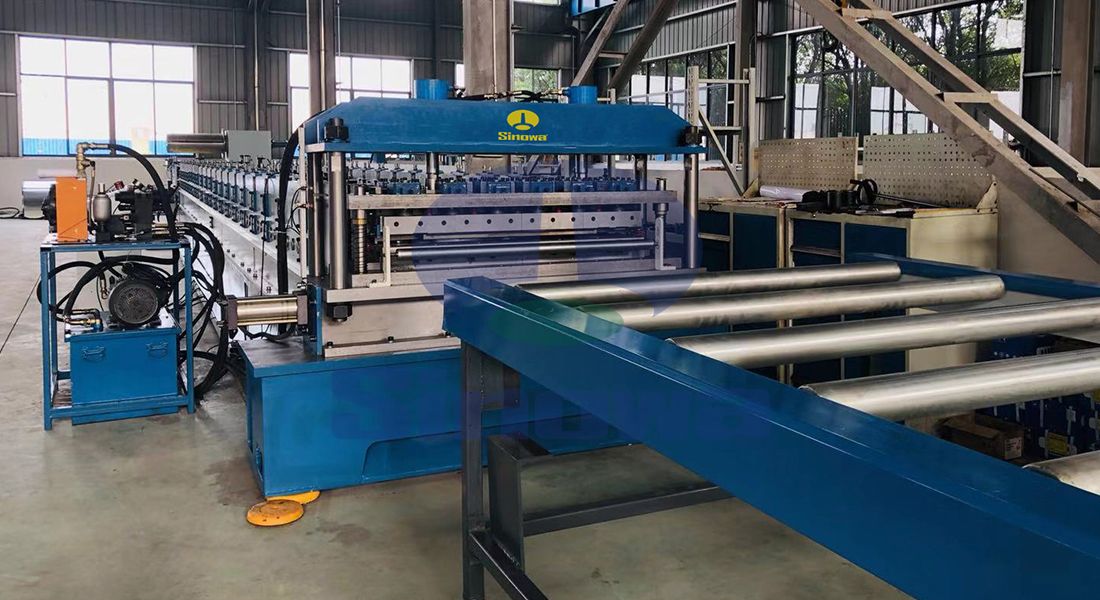
Safety system
The clean room must formulate a safety system based on the characteristics of the building area, process nature, cleanliness level and purification Air conditioning system. The relevant requirements are as follows:
1. The staff of the clean room should strictly implement the process Operation procedures and should The location of the heat and evil safety evacuation exit, the location of fire hydrants, fire extinguishers and other fire-fighting equipment, as well as electrical switches, alarms and other equipment and their use methods;
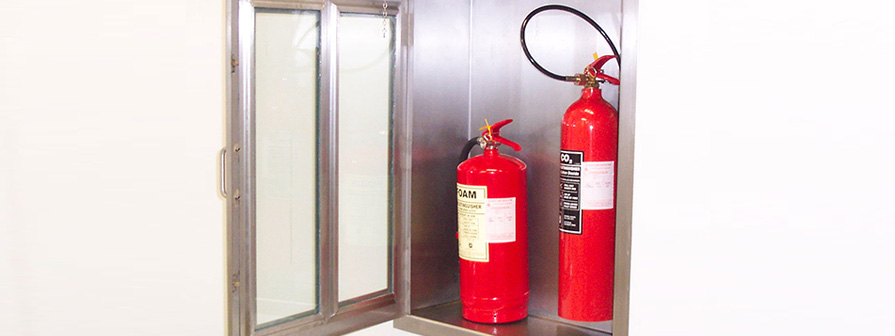
2. The safety channels in the dust-free workshop must be kept unobstructed, the safety doors must be guaranteed to be open at any time, and accident ventilation, accident lighting, fire prevention and fire-fighting facilities should be checked regularly.
3. When a fire occurs in the clean room, an alarm should be sounded immediately, the fan should be turned off, the power supply and flammable and explosive gas pipelines should be cut off, etc. The process operators and managers of the air environment control equipment in the clean room should be specially inspected by a special person when they change shifts every day. When production is stopped, the power supply, gas source and water source should be cut off; flammable, explosive and other dangerous goods should be properly stored and checked by a special person before leaving.
Cleaning
General cleaning of the clean room must be carried out after the process operation is completed. If it is necessary to clean before production, the process production must be started after the purification air conditioning system is turned on. The operation can only start after the running time reaches the self-cleaning time. In order to prevent cross contamination, the tools for cleaning the facilities in the dust-free workshop should be dedicated to the areas with the same cleanliness level.
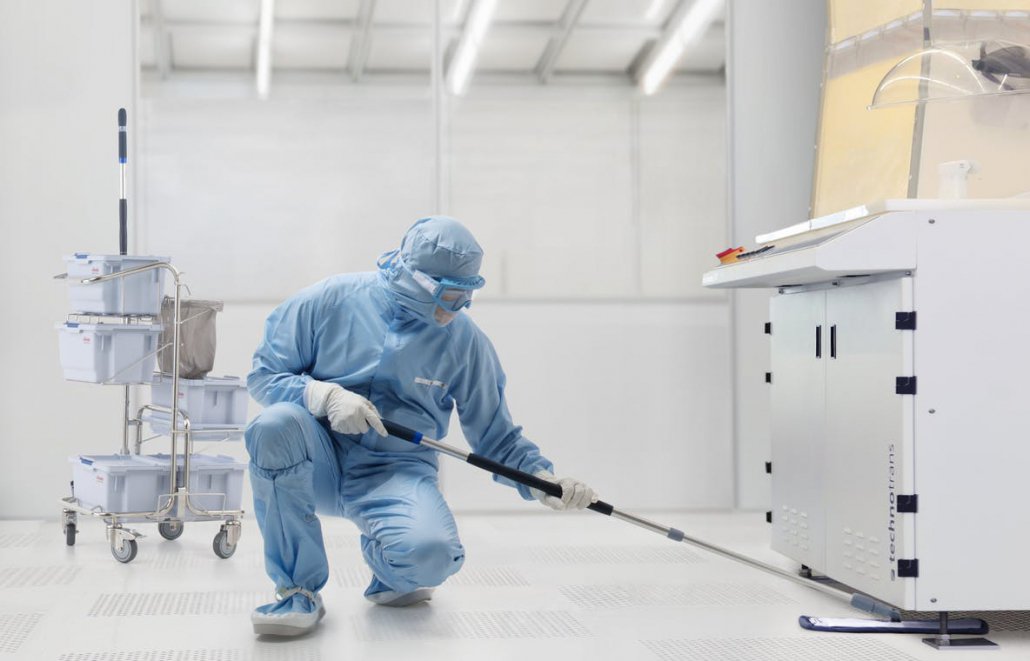
(Figure 3: Clean room cleaning)
The cleaning tools use vacuum cleaning equipment (centralized or mobile). If the above conditions are not met, materials that do not drop fibers (such as mercerized towels, nylon cloth, etc.) can also be used for wiping. For high-level clean rooms, filtered water should be used for wiping. For the cleaning of the clean room, the wiping cycle is as follows:
Floor: once a day
Wall: once a week
Ceiling: once every 2 months
Temperature and humidity inspection
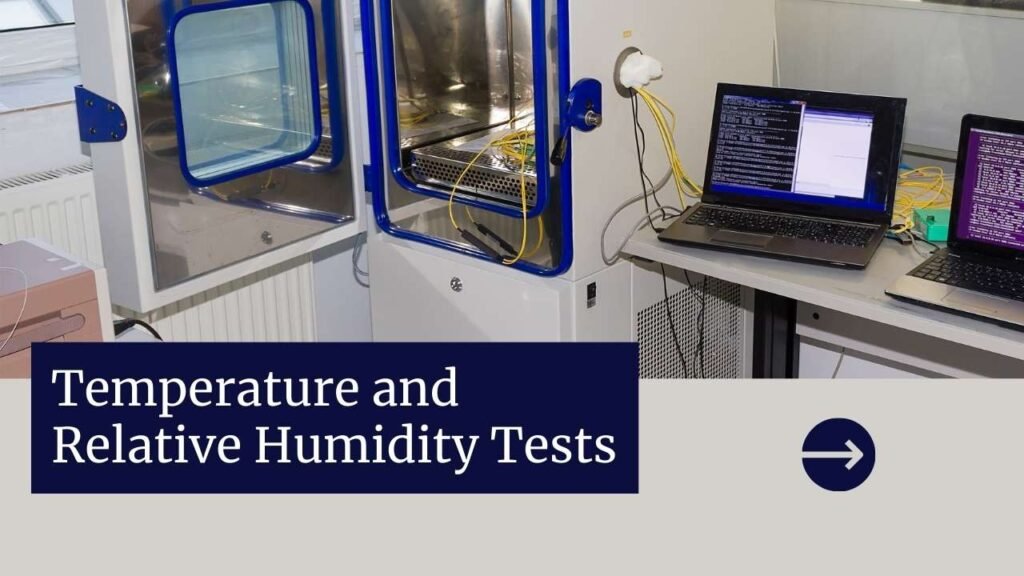
The temperature of the dust-free room is required to be maintained between 23℃+/-2℃, and the humidity is maintained between 50%-65%. Temperature and humidity inspections are carried out twice in each shift and records are kept. When it is found that the temperature of the dust-free room cannot be controlled within the required range, the management department will immediately contact the supplier to handle it.
 +86 18186671616
+86 18186671616 Jason@cleanroomequips.com
Jason@cleanroomequips.com
 MENU
MENU

